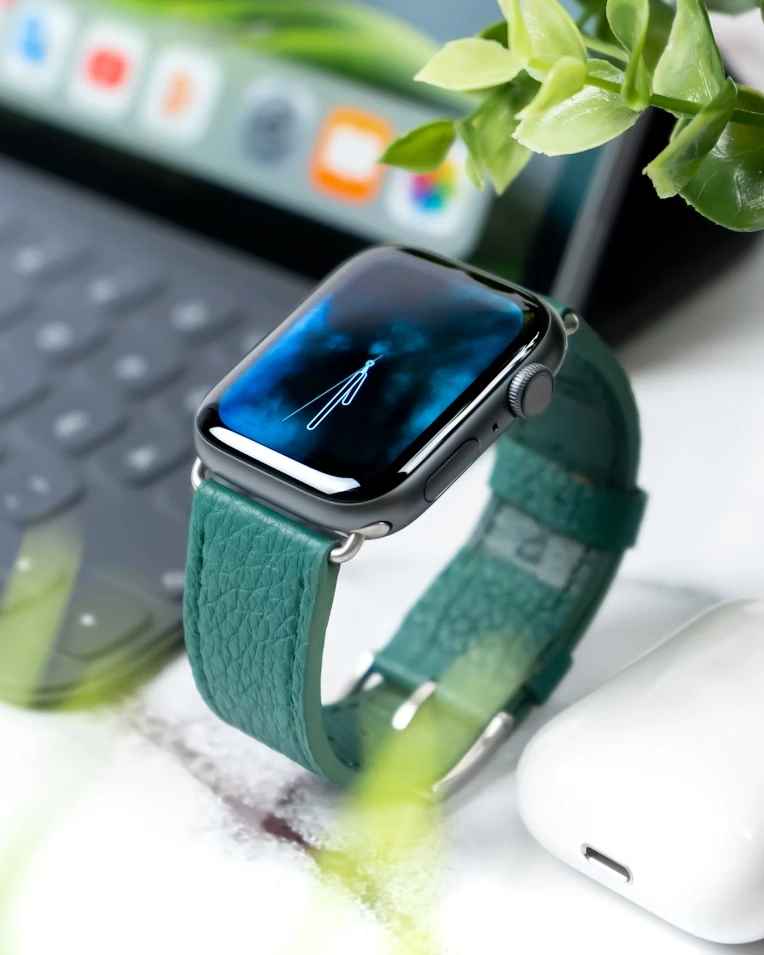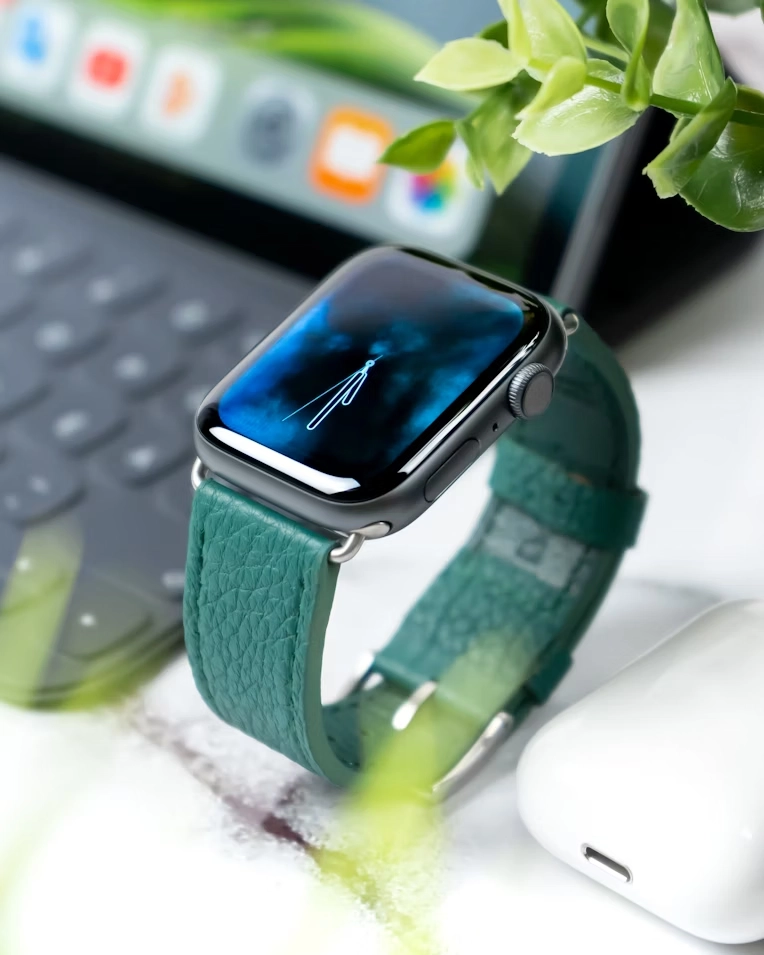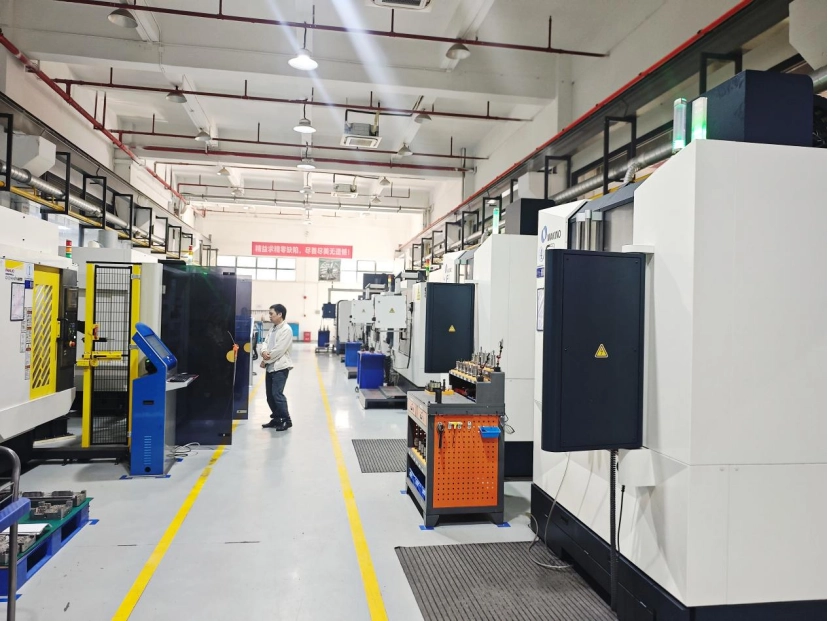How Does Wearable Technology Work?
Wearable technology is any electronic gadget made to wear on the body. These gadgets have tiny computers, batteries, and internet links. They collect, handle, and send data. The data can sync with other devices, like phones or laptops.
Built-in sensors are super important. These sensors track body movements, check who someone is, or find locations. Depending on the gadget’s purpose, it might use motion sensors for speed, light sensors for heart rate or sugar levels, or GPS for finding places.
Smartwatches and fitness trackers sit on the wrist to watch activity and health signs. Other gadgets, like VR headsets or AI hearing aids, give fancier features, like deep experiences or smart sound tweaks.
What Are Some Applications of Wearable Technology?
Wearable technology helps in many areas, like health, fun, sports, military, and fashion. Smartwatches and fitness trackers are popular examples in everyday electronics.
In healthcare, wearables track health stuff like heart rate or blood pressure in real time. Thin e-skin patches stick to the chest with water spray. They send health data to doctors through the cloud and can stay on for a week.
In fun and games, VR headsets like Meta Quest create exciting worlds. Popular VR displays work for all kinds of entertainment.
Sports teams use GPS and Bluetooth wearables to check performance during practice. These are built into sports clothes or gear.
The military uses wearables to watch soldiers’ health or practice fighting with VR training.
Smart clothing is growing too. Clothes with sensors track fitness or connect to phones.
Examples of Wearable Technology
Wearable gadgets come in different types for specific jobs:
- Smart jewelry: Includes smart rings, wristbands, and watches.
- Body-mounted sensors: Sit on the body to track and send health data for medical use.
- Fitness trackers: Come as wristbands, straps, or headbands to watch activity and health signs.
- Smart clothing: Has built-in tech for different tasks.
- AR/VR headsets: Show digital info over real settings or dive into virtual worlds.
- AI hearing aids: Cut out extra noise and adjust to the surroundings.
- Virtual assistants: Gadgets like Bee and Omi clip to clothes. They answer voice commands for tasks like translating or finding info.
The History of Wearable Technology
Wearable tech started long ago. Eyeglasses came in the 13th century. Small wearable clocks appeared in the 15th century. Modern wearable tech grew in the 1960s when Edward Thorp and Claude Shannon made a hidden shoe computer to guess roulette results.
In 1975, Pulsar launched a calculator wristwatch. It was a big hit. The 1980s brought Sony’s Walkman for portable music and digital hearing aids in 1987.
The 2000s saw a boom with Bluetooth headsets, Fitbits, and the Nike+iPod Sport Kit. The 2010s added Google Glass (2013), Apple Watch (2015), and Oculus Rift (2016). Today, AR/VR gear and smart fabrics keep pushing forward.
Benefits of Wearable Technology
Wearables bring lots of perks across fields:
Smartwatches and fitness trackers check heart rate, blood oxygen, sleep, and activity. Advanced ones can spot early sickness or accidents.
In workplaces, AR glasses give hands-free guides. Biometric wearables watch tiredness in factories. These boost work speed and safety.
Safety features include GPS tracking for kids or adults needing help, plus emergency alert buttons. Virtual assistants let users control tasks by voice without holding devices.
For fun, VR headsets make games feel real. Smart glasses add digital info to real-world views.
AI and IoT links give real-time tips, handle tasks automatically, and predict user needs.
Issues and Criticisms of Wearable Technology
Wearable tech has some challenges:
Privacy is a big worry. Wearables collect tons of personal and health data. This raises data safety concerns.
Cost is a hurdle. Top features come with high prices. Subscriptions add more costs.
Battery life limits use. Most wearables need charging often. Energy harvesting is being tested but isn’t ready yet.
Accuracy can falter. Fitness trackers might count steps wrong or misread heart rates if worn badly.
Workplace tracking raises ethical issues. Bosses might watch stress or locations without permission.
Long exposure to Bluetooth signals sparks health worries. VR headsets might cause eye strain after long use.
Relying too much on digital feedback could lead to stress or less face-to-face talking.
The Future of Wearable Technology
The future looks bright for wearables:
Energy harvesting might stop frequent charging. It could turn body heat or movement into power.
Smart contact lenses could replace AR glasses. They’d show info right in the eyes and check eye health, like pressure.
Brain-computer interfaces aim to help brain disorders. They could boost memory or link brains to devices directly.
As AI, IoT, material science, and ethical rules grow, wearables will blend smoothly into daily life as handy tools.
Silkbridge Wearable Devices Manufacturing Service
Silkbridge offers top-notch wearable devices. They mix cool tech with comfort and strength. These solutions work for fitness tracking, health checks, and staying connected. They fit into sleek, comfy designs for any setting.
The wearables are built tough with high-quality materials. They’re waterproof and have easy-to-use screens. Whether at work or exercising, these smart gadgets adjust smoothly.
Each device tracks heart rate, sleep, and blood oxygen. It also sends phone alerts. Fitness tracking uses advanced sensors for exact data to help wellness plans.
Silkbridge’s award-winning R&D team manages everything—from idea creation to prototyping and mass production. This ensures trusty products. The development process includes: Concept development, Prototyping, Design optimization, Manufacturing,Mass production.
For product development questions, contact Silkbridge via WhatsApp at https://wa.me/8618122838771.
FAQ
What is considered wearable technology?
Any electronic gadget worn on the body that collects and sends info counts, like smartwatches or AR glasses.
Are wearables safe?
They’re mostly safe when used right. But concerns exist about privacy and radiation from long use.
Do wearables need a smartphone?
Most sync with phone apps. Some work alone, depending on their features.
Can Silkbridge customize a product idea?
Yes. Silkbridge offers full product development, including design tweaks and manufacturing, tailored to specific ideas.





